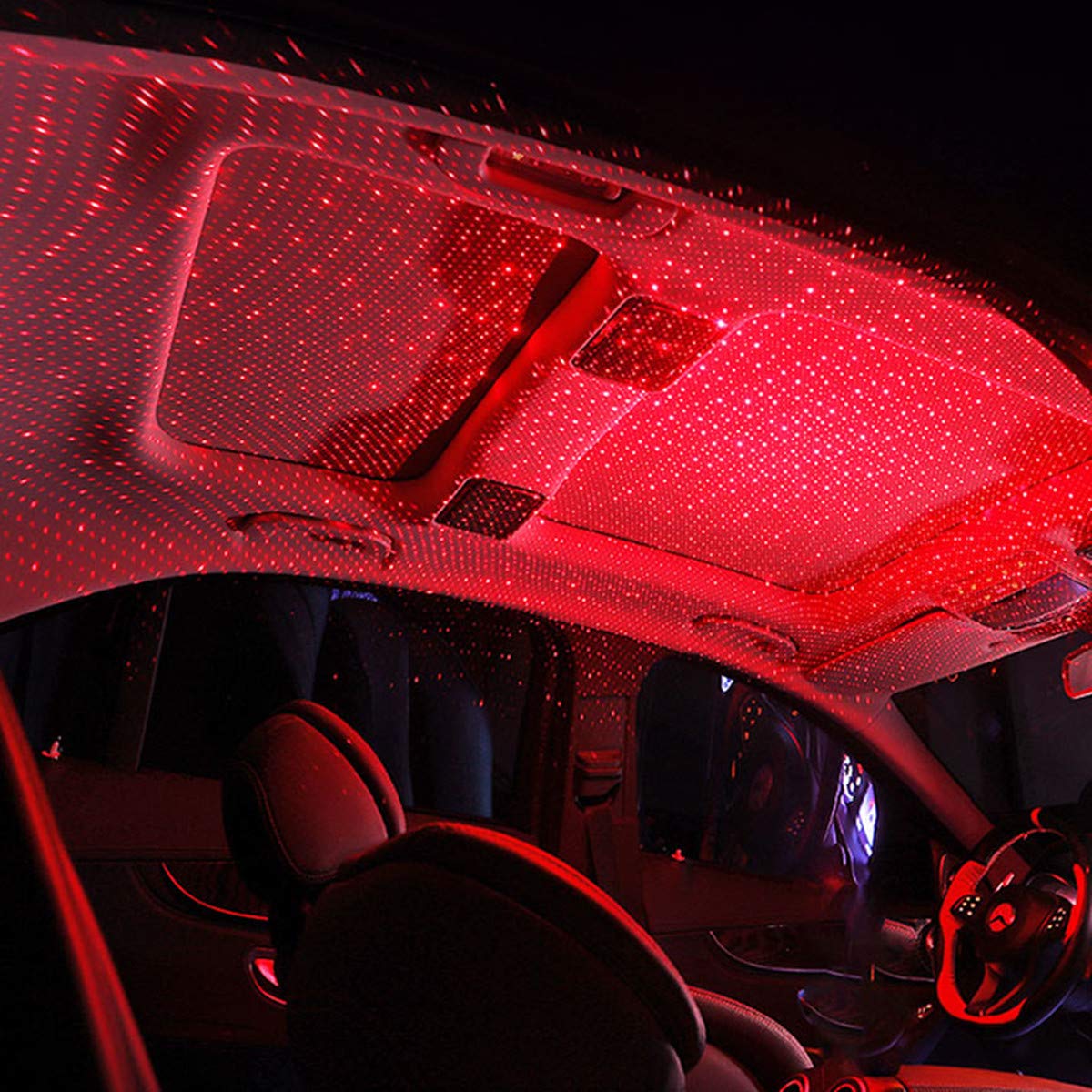

One way you can shape the mood of a show is with lighting and sound. LED strip lighting is a good example of this as it boasts many different colour configurations – allowing you to quickly adapt any room.įor any help with luxury interior design contact – we are happy to advise on the best practice in interior design.Ambiance is the feel of your production, or the mood and tone of it. White light most closely resembles daylight but in the evenings you may want to integrate softer coloured lights – for example blue neons or red light to create a softer feel to a room or to create a modern image. One interesting way to quickly adjust the ambience of a room is to use different colour light. The reflected light makes each room feel bigger and lighter.

As you can see in many of our interior designs liberal use of mirrors on walls and shelves increases the visual space of an interior design. Where natural light is subpar mirrors make for an excellent way to increase light. If you don’t find white walls appealing you can add lighter colours to your furnishings with use of drapes, throws and vibrant art and furniture – all of which will create the illusion of light. They make a room feel open to the natural world. They reflect light to a degree which increases the feeling of space in an area. White and light colours are the easiest “trick” to improving the light and space of a room. Adjustable lights at floor and ceiling level create a wonderful ambience – particularly when combined with mirrors. Backlighting in cupboards and on shelves and recessed LED spotlights can be used to great effect to create a warm feeling in any room. Mood lighting is where interior design gets serious as you want to have adjustable lighting that is ideally hidden from view. But to make a room “feel” lighter you’ll need to have higher intensity lighting. Spotlights are the ideal choice to bring focus to particular areas of a room and accent lighting lets you illuminate objects and art to create focal points. Thanks to modern technologies though we now have access to a plethora of excellent lighting choices. In traditional home design there is a central light supplemented with lamps and other side lights. Where the building doesn’t permit enough natural light we need to supplement this with artificial lights, colour and mirrors.
LIGHTING AMBIANCE WINDOWS
Floor to ceiling windows are the pinnacle of decadence in this respect but a lot can still be achieved with sky lights and normal windows. If possible we like to add windows to capture as much light as possible. You might think this is as simple as saying – let’s put in a bigger window but there’s more to it.įirstly window placement is pivotal as you want to maximise the amount of daylight you receive – waking up to sunlight is a wonderful mood booster and gentle afternoon sun is relaxing. When we start the interior design process we look at natural light first. Crucially it promotes the production of vitamin D and improves your mood through the releases of endorphins.

Natural sunlight is the most important kind. Here we explore the use of light to create ambience in your home. To create a beautiful room you have to pay attention to the light and the types of lighting that make the most impact. During the evenings soothing warm light makes a home feel warm and comfortable. During daytime poor light creates poor moods and makes a home feel stuffy and dreary. Light makes a room feel spacious, warm and open. The use of light is central to interior design.


 0 kommentar(er)
0 kommentar(er)
